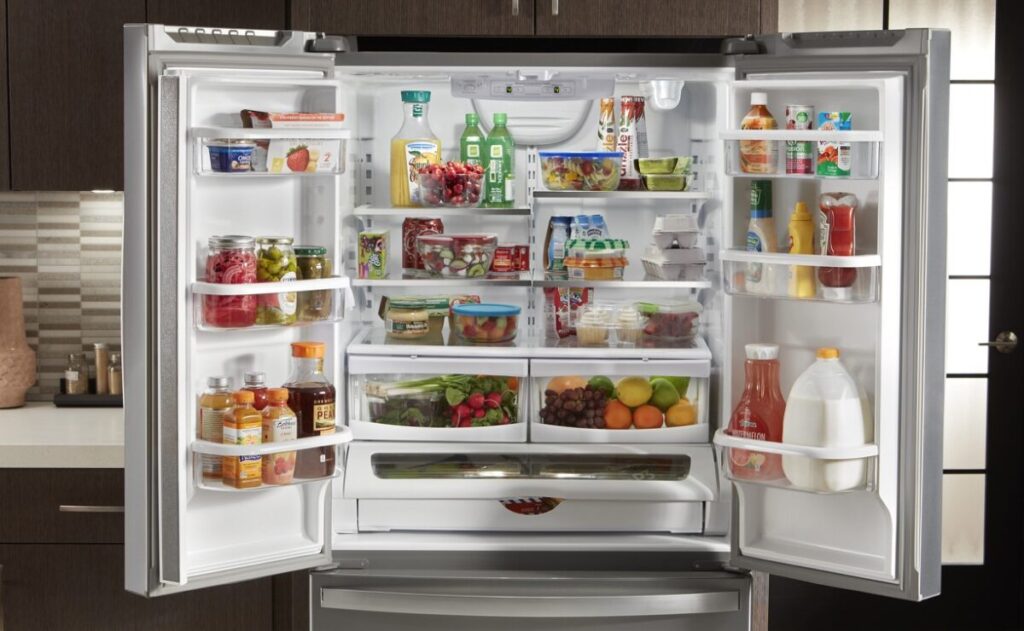Check if the cold story supplies the adhere to these features. If not, visit the Skope Refrigerators website now!
An estimated $5 billion worth of edible items and food gets thrown out in Australia every year. It includes vegetables and fruit worth $1 billion and fish and meat worth over $800 million. The Australian Institute conducted a study to determine the root cause of the issue and found that it is due to the poor cold storage management in commercial spaces.
Food products travel a significant distance from manufacturing to distributors, vendors and customers. Businesses must ensure that perishable products remain in the best condition when they reach customers. That’s why cold storage facilities form an integral part of storing.
The Australian Food and Grocery Council (AFGC) put forth a few guidelines for these businesses to maintain the standard and quality of these products when they are on display in fridges.
Ideal Storage temperature
The quality and safety of the food products that reach consumers depend on the storage temperature, time and the constitution of the product. The temperature settings of the storage container contribute significantly to maintaining its quality.
Distributors and vendors must store chilled foods such as fish, meat, veggies and fruits below 5°C. This low temperature increases the shelf life of these foods by slowing down the natural deterioration process.
The Australian Food and Grocery Council (AFGC) follow the ‘never warmer than’ rule and advise businesses to never store products above 5°C. Anywhere between 0°C and +4°C is ideal for such products.
Frozen foods also require storage at specific temperatures in reliable refrigerators like Skope to maintain quality and safety. The AFGC’s standard for frozen food products like ice creams is never warmer than -18°C.
Time Outside Refrigeration
The amount of time frozen and chilled products are exposed to temperatures outside refrigeration settings should also be considered. It includes times when consumers open the doors of the display fridges to check different products, put them in the cart, or when the power runs out, and the appliance breaks down.
The Australian council refers to this as the ‘maximum out of refrigeration time limit’. They emphasise that the food can come out of contact from the fridge only for up to 20 minutes in commercial settings to ensure their longevity. The duration for out of refrigeration time differs between different products and the temperature settings. If the room environment is at a lower temperature, below 5°C, they can stay out of storage for up to 90 minutes.
Ice cream, in particular, can be outside the appropriate refrigeration storage for a maximum of 20 minutes to preserve its integrity and quality.
Mixed Range Storage
Grocery, restaurant and fast food businesses must consider the issue of heat transfer between two products when they are present inside the same storage container. Each food item and packaging has its temperature requirements. Some might warm up quicker than others. And so, they might affect each other’s longevity. Therefore, businesses must store frozen/chilled items separately and adhere to their storing temperature.
Ideally, storage containers like Skope display refrigerators have partitions where businesses can store frozen products separately. They can use dual temperature settings to moderate the condition. When mixed loads are unavoidable, vendors must maintain the fridge temperature below 4°C.
Location of the Display Refrigerator
Businesses that sell food and beverages in commercial display fridges might notice that the items in the middle get sold faster than the top or bottom. As ‘eye level is buying level’, they must identify the best place to mount smaller fridges, like on counters, to attract customers’ attention as they pass by.
